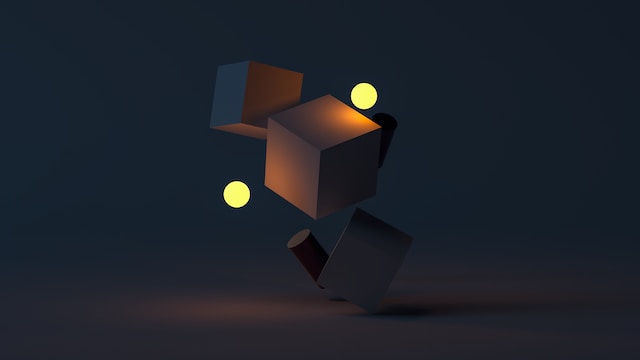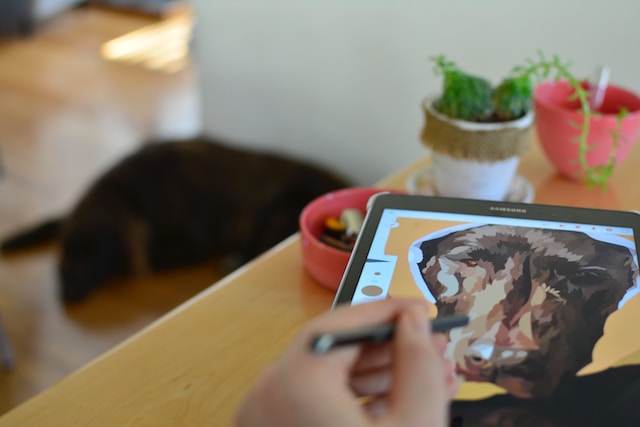
Exploring Different Styles in Digital Art
Are you ready to embark on an artistic journey through the captivating world of digital art? In this blog post, we’ll dive into various styles within the realm of digital art, from digital painting and vector graphics to pixel art and digital sculpting. Whether you’re a budding digital artist or an art enthusiast curious about the diverse landscape of digital creativity, this guide is your ticket to exploring the vibrant spectrum of digital art styles.
What is digital art?
Before we delve into various styles, let’s clarify what digital art is. Digital art is a broad term encompassing any artistic work or creation produced using digital technology. This technology can range from digital drawing tablets and graphic design software to 3D modeling and virtual reality (VR) applications. Now that we’ve laid the foundation, let’s explore different styles within the digital art universe.
What is digital painting?
Digital painting is a style that mimics traditional painting techniques using digital tools. Artists use digital brushes and a canvas to create paintings that can range from realistic to surreal. Unlike traditional painting, digital painting offers the advantage of undoing mistakes and working with an extensive color palette.

Importance of Vector Graphics
Vector graphics are a type of computer graphics that are created using mathematical equations to define shapes, lines, and curves. They’re ideal for illustrations, logos, and designs that require scalability without loss of quality. Digital artists use software like Adobe Illustrator to craft vector-based masterpieces.
What defines pixel art, and why is it still popular today?
Pixel art is a style rooted in the early days of digital graphics, characterized by its blocky, pixel-by-pixel construction. It’s often associated with retro video games and evokes a sense of nostalgia. Modern pixel artists, however, have breathed new life into this style, using it for both games and standalone artwork.
How does digital sculpting work, and what tools are used?
Digital sculpting involves creating 3D models using specialized software like ZBrush or Blender. Artists mold and shape digital clay, allowing for intricate detailing and the creation of lifelike characters, creatures, and objects.
What happens when digital art collides with the physical world?
Mixed media digital art combines traditional and digital elements to create unique pieces. Artists may scan hand-drawn sketches and then enhance them digitally or incorporate physical textures and materials into digital compositions.
What defines abstract digital art, and what emotions does it evoke?
Abstract digital art relies on shapes, colors, and forms to convey emotions and ideas rather than representing physical objects.
Conclusion
As we conclude our exploration of different styles in digital art, remember that the beauty of digital art lies in its boundless possibilities. Whether you’re drawn to the precision of photorealism, the simplicity of minimalism, or the dreamlike qualities of surrealism, digital art offers a canvas where your creativity knows no limits. So, pick up your digital tools, embark on your artistic adventure, and let your imagination run wild in the world of digital art.
